Peter Marcuse has recently written several excellent and thought-provoking entries on his blog, Peter Marcus’s Blog: Critical planning and other thoughts, about the Hurricane Sandy aftermath and its social justice implications and about Occupy Sandy and the help given to the victims of the superstorm.
In Blog #21 (November 5), “Sandy, Katrina, and the World Trade Center: Are There Social Justice Issues?,” Marcuse discusses the social justice issues in the distribution of public resources after Sandy. He points out the social justice implications brought up by comparing the response to Katrina to that of the attack on the World Trade Center, and then asks, “How will Sandy be handled, by contrast?” Marcuse lists a series of questions if comparisons between Sandy and the World Trade Center loss are being considered, including: What does the allocation of resources to the Sandy disaster reflect, as compared to that to the two earlier disasters, Katrina and the World Trade Center? The division between local, state, and national responsibilities?; How will the distribution of the cost of repairs and prevention be distributed between the public sector and the private sector, and the role of insurance? Will it be different for different neighborhoods, different uses, different groups affected?; Will changes in land use patterns be seriously considered to avoid future disasters, or will existing patterns be taken as permanent and attention devoted to protection of their future? How will decisions be made, and by whom?; and will any political conclusions be drawn from Sandy as to the appropriate role of government?
In Blog #22 (November 8), “Vacant Housing and Sandy,” Marcuse discusses commandeering vacant housing for those displaced by Sandy. “It is an abomination to have people desperately in need of housing, both emergency after Sandy and long-term, at the same time that there is a stock of vacant, good quality, accessible housing being held off the market because its own believes that the market will improve and he/she/it will make more money by waiting to make it available,” he says. Marcuse proposes a city ordinance that would require any person or firm controlling the occupany of a unit that has been vacant for more than six months to file a report with the city. Then, in the case of an emergency, the mayor and housing authority could review all vacancy filings and commandeer any unit for emergnecy shelter.
In Blog #23 (November 15), “Occupy Sandy: Social Change through Prefiguring Action,” Marcuse sees Occupy Sandy work as prefigurative, rather than as a model:
Occupy Sandy is not suggesting that all disasters should be met by voluntary loosely-organized efforts that occur spontaneously and without planning. Rather, it realizes the essential interrelationship between what its adherents are doing and the world outside, even in developing positive relationships not only with FEMA but also with the police and National Guards, most of the time institutions seen as unwelcome intrusions in the model of what Occupy would like to see in the future. Occupy Sandy is simply prefiguring, in its own behavior, how certain social relationships might exist independently of the assumed rigid requirements of the outside world, independently of the market and the state — actually, not independent of the state, but in reliance on it to assemble resources Occupy Sandy itself could not and should not assemble. It is not suggesting that its response to Sandy should be a model of disaster response, as opposed to the response of FEMA and police authorities; it is simply saying such responses should be coupled with an activation of fundamental human instincts of solidarity that are outside of state or market.
In his most recent blog post, Blog #24 (November 21), “Helping Sandy Victims: FEMA, Charity, Politics – Occupy Sandy and Human Relations,” Marcuse discusses the relations between helper and those helped, between giver and recipient and the institutions involved in the aftermath of Sandy. He illustrates the way in which Occupy Sandy has affected the relationships among the occupiers involved, those they are helping, others making use of the existence of needs for help for ulterior purposes, how different helpers are seen by those they are helping, and how relations between occupiers and institutions, from churches to the police and FEMA employees, have developed. Moreover, he points out that
At Zuccotti Park, there was always a bit of social service involved in the occupation: homeless people sheltered and the hungry fed, but it was ancillary to Occupy’s main objectives, which dealt with societal, structural problems. But the reaction to Hurricane Sandy, and the formation of Occupy Sandy, brought out a different aspect of the Occupy movement, not directed at Wall Street or big systemic issues, but directly providing help to those in need.
“Occupy Sandy not only does substantial immediate good for many, it also affects a variety of interhuman relationships, and provides many lessons for the future going well beyond how to respond to disasters,” Marcuse concludes.
Thanks for these insightful thoughts, Peter! We look forward to reading more excellent and thought-provoking blog posts in the near future!
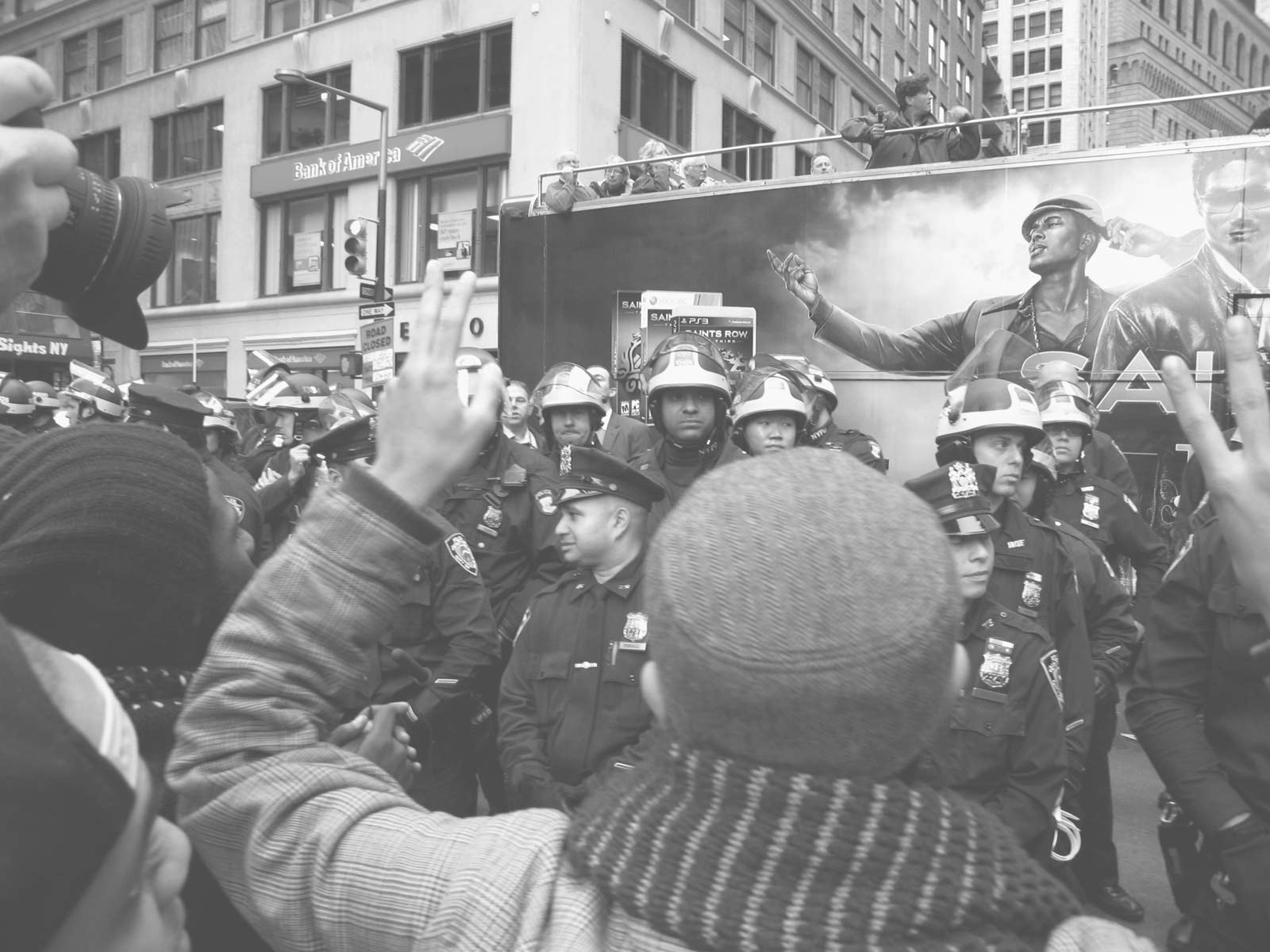
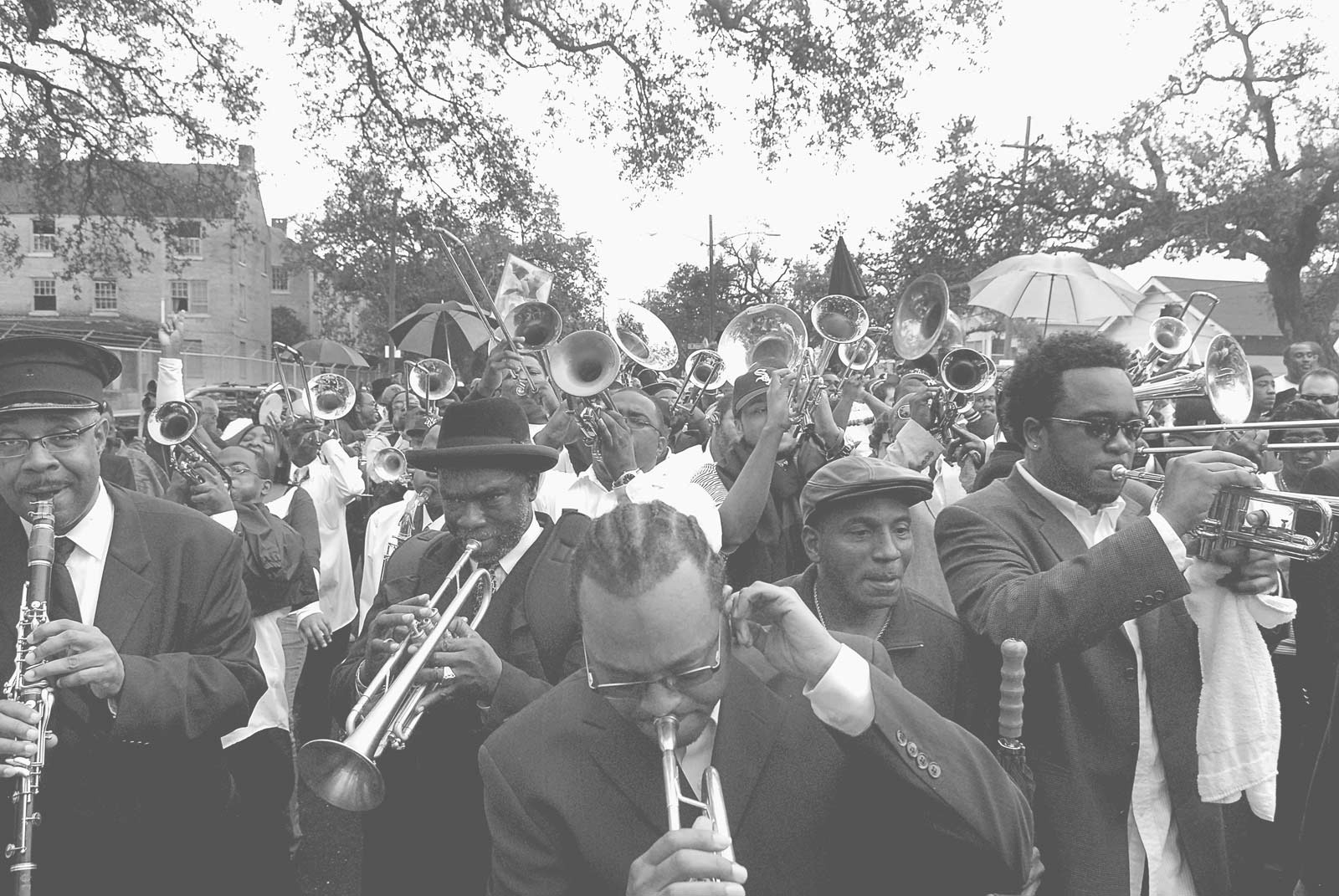
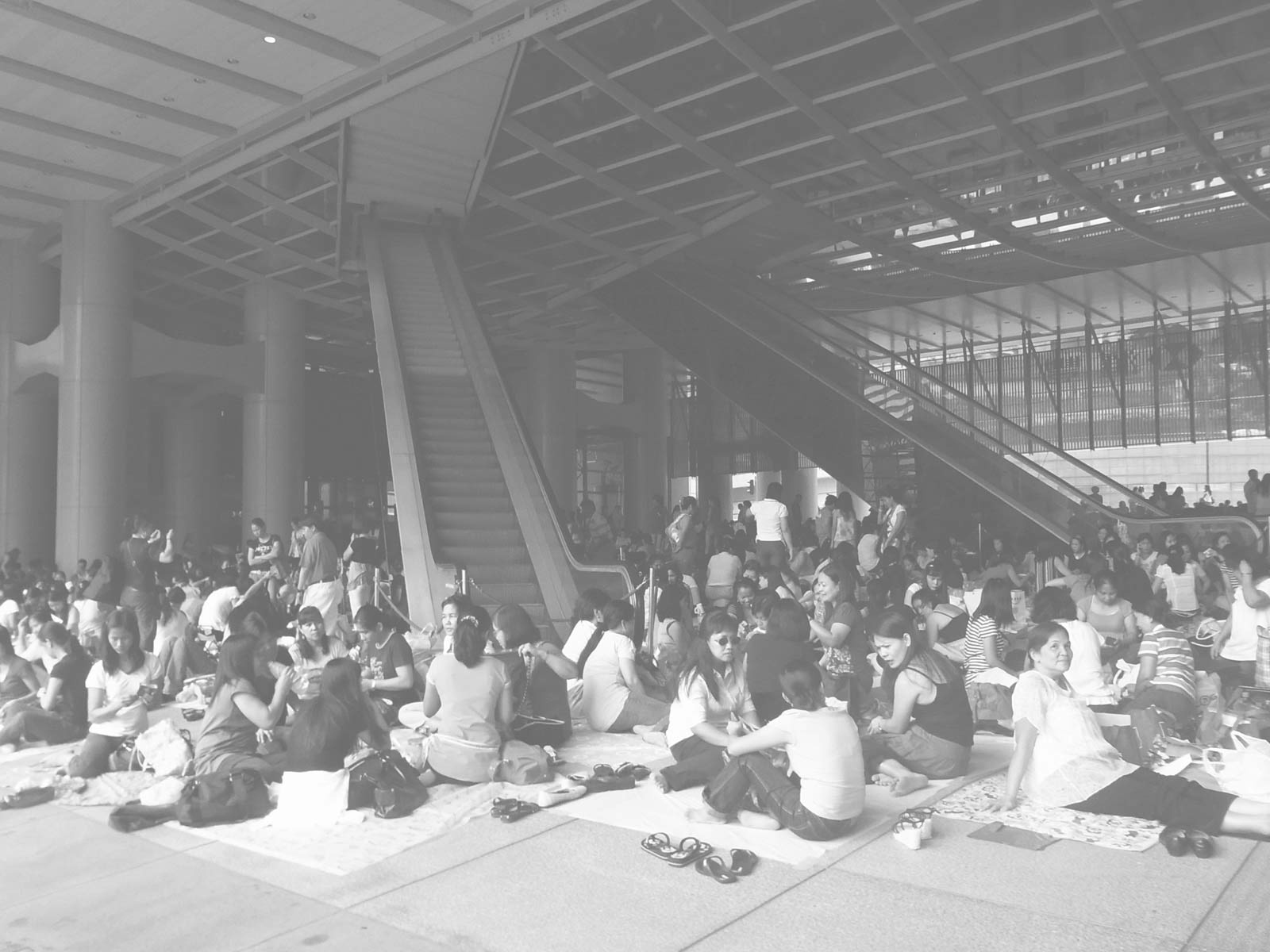
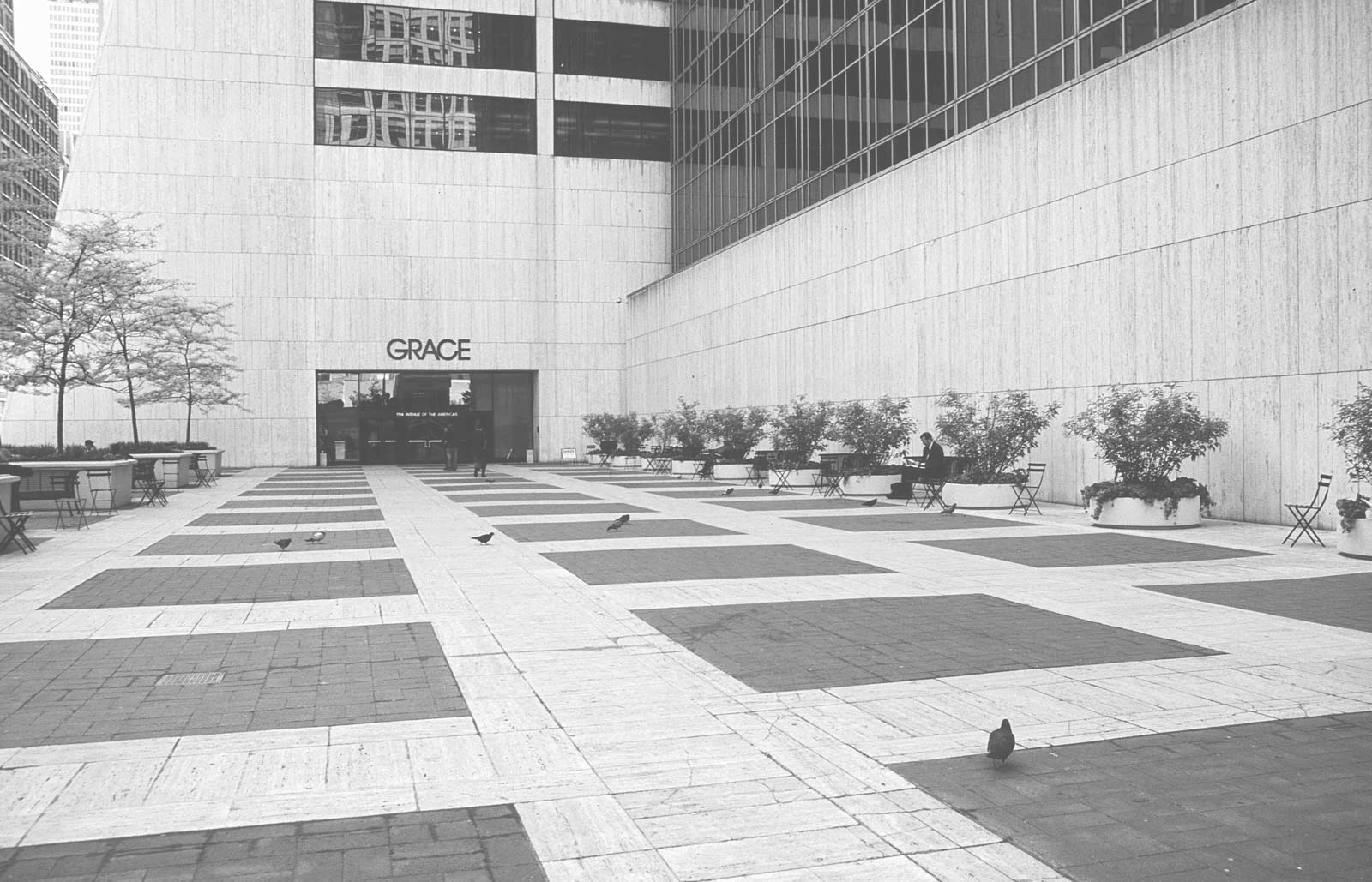
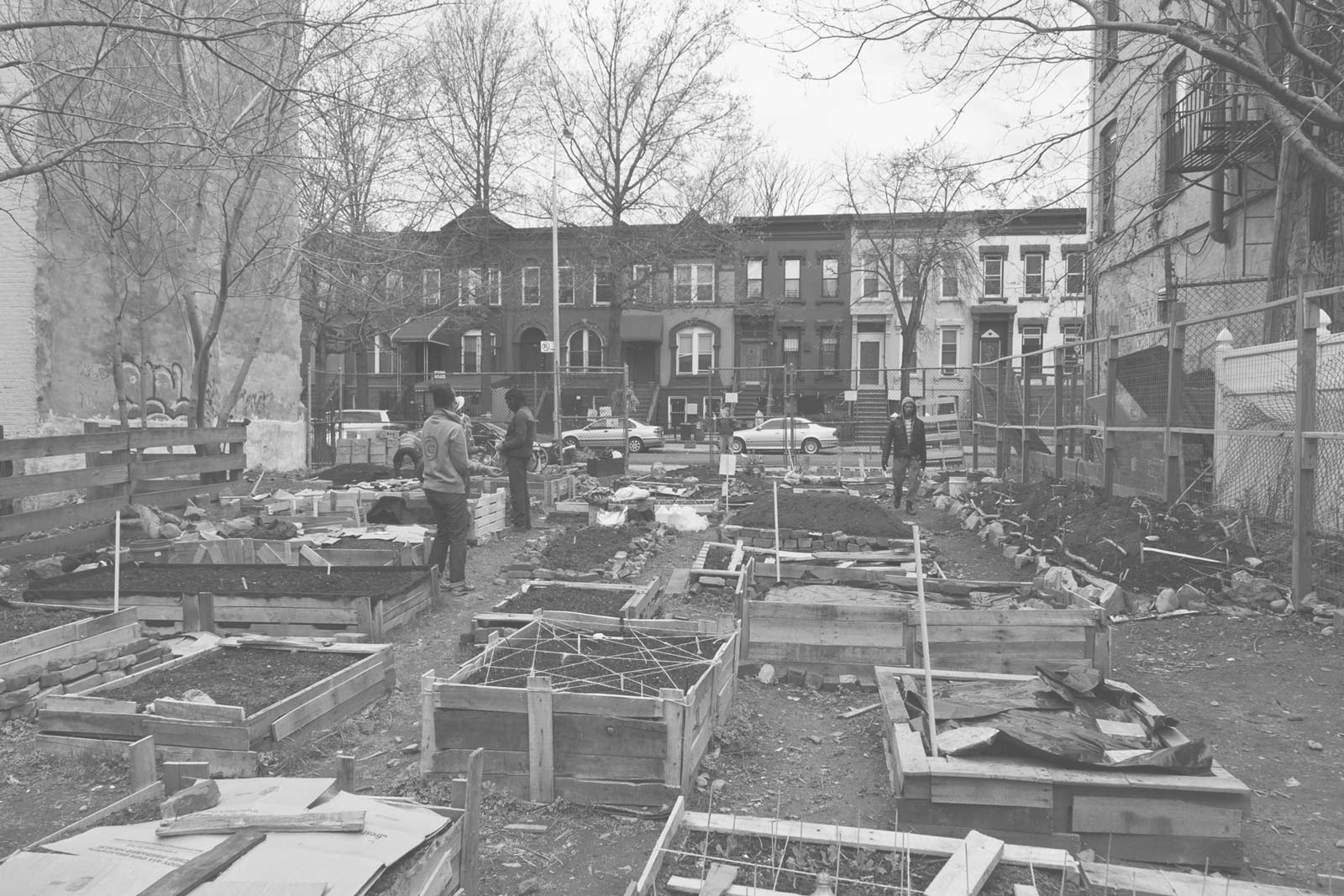
Follow Us!